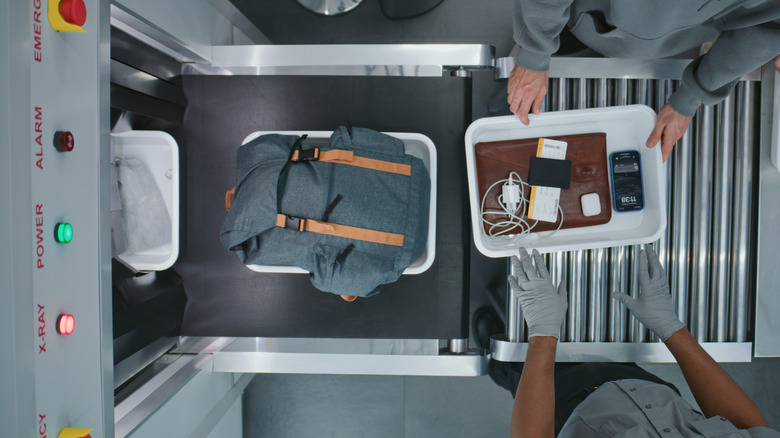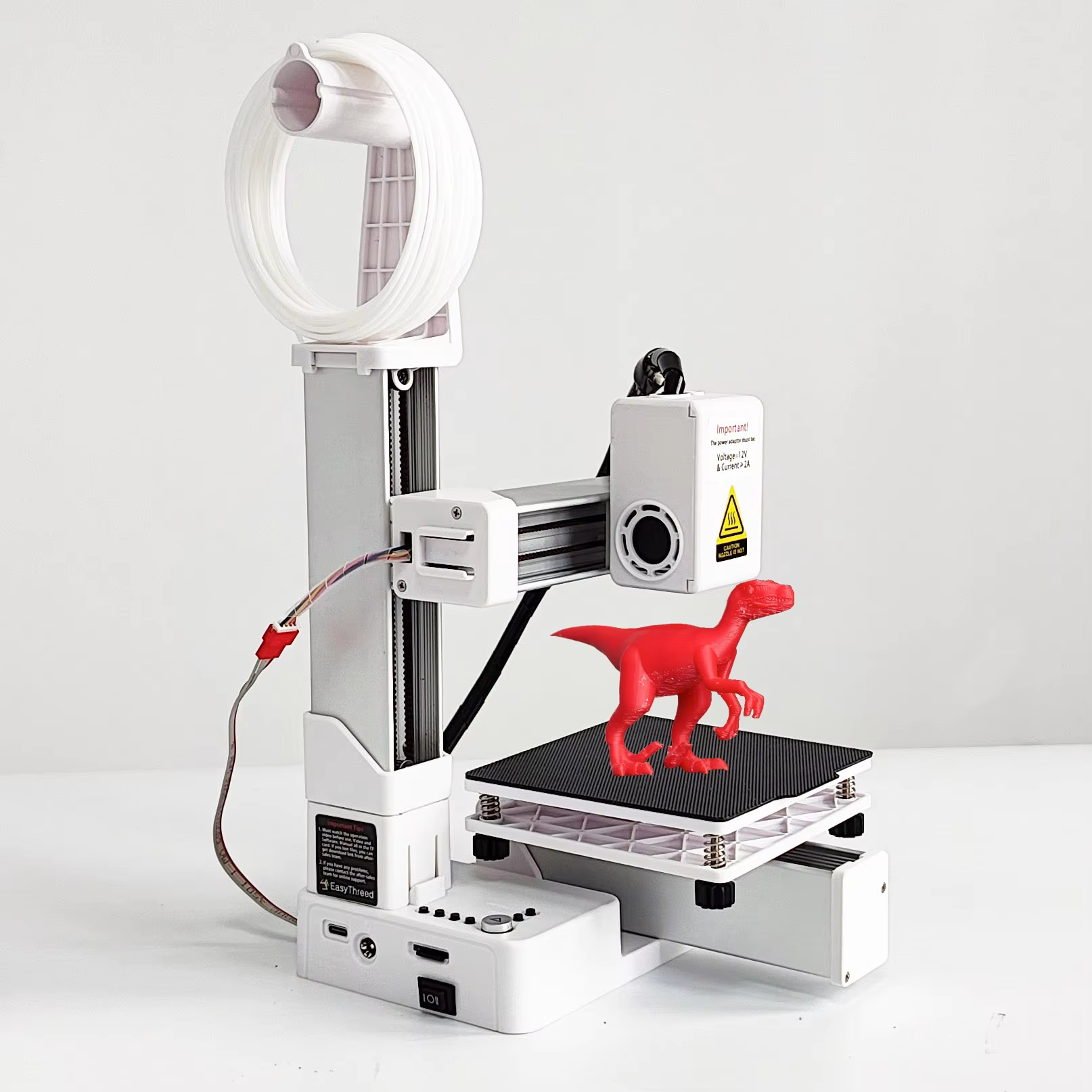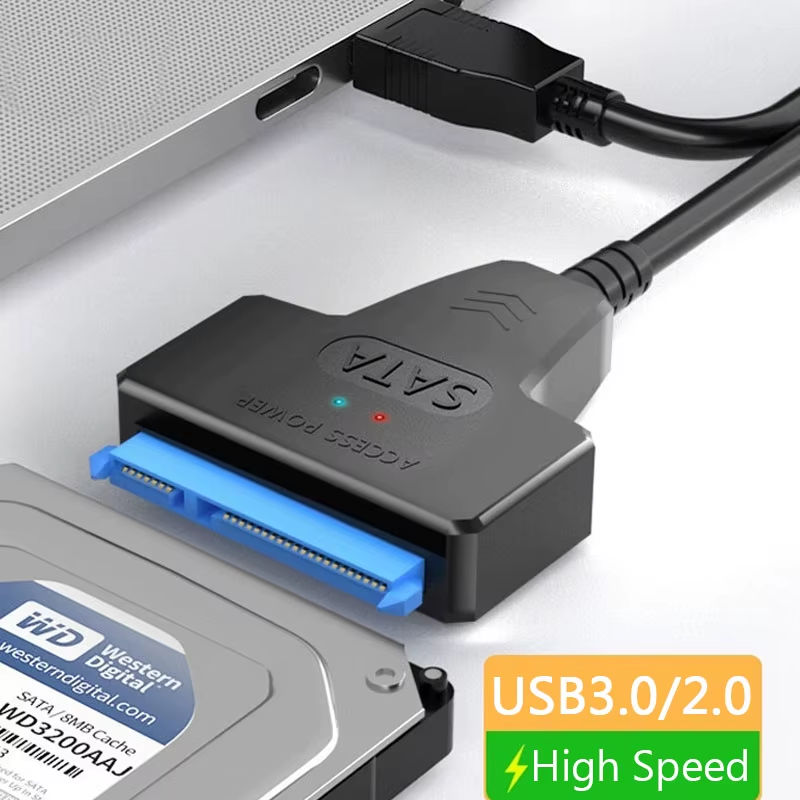Read more at:
When dealing with the stress of traveling by airplane, whether for business or recreation, something we all dread is trouble with the Transportation Security Administration, also known as the TSA. We want to avoid the delay of a deeper TSA investigation, or even worse, being forced to abandon an electronic device at the checkpoint.
A particular category of electronics that is seen as a red flag for the TSA is batteries. It’s not just any batteries, however. Specifically, lithium-ion batteries are seen as a potential danger because they can catch fire if they are overheated, old, or damaged — which is why you might get stopped by the TSA for bringing an old MacBook. After all, no one wants a fire to break out while you’re flying through the sky. The TSA has particular rules when it comes to the types of lithium-ion batteries, how many you can bring, and what they are used for.
That isn’t the only type of power device the TSA is worried about. Fuel cells used to power portable electronics are also on the red flag list, as well as items like smartphones or laptops that won’t power on. By understanding all the specifics of what the TSA does and does not allow, as well as what is likely to raise a few eyebrows in your luggage, you can ensure a simple and easy passage through airport security checkpoints.
The TSA rules for lithium-ion batteries
The TSA has certain rules for electronics with lithium-ion batteries that you are bringing along, such as your phone, laptop, tablet, camera, and more. If these batteries are in the electronic device, then they must be brought through your carry-on luggage. It’s also good to be sure that the battery hasn’t been recalled by the manufacturer. If it has, the TSA will not let you bring it on the plane.
The TSA also has rules for extra lithium-ion batteries that you bring. These are only allowed in your carry-on luggage and not your checked bag. They must weigh less than 2 grams per battery and can’t be more than 100 watt hours (Wh) each. However, if you are a traveling video production professional, your equipment may require heavier and more powerful lithium-ion batteries. The good news is that you can still bring them in your carry-on. The bad news is that you need airline approval. In this case, it would be good to contact your specific airline you are traveling through beforehand to see if you need to do anything to ensure approval.
In addition to checking on the TSA electronics rules that may have changed, a good practice to keep is to check the batteries of every electronic device you intend to bring. See if they contain lithium-ion, do some research to make sure there are no recalls on your battery, and ensure they are in good condition.
Other TSA red flags for electronics
The average traveler is not going to find themself needing to take spare fuel cell cartridges for their electronics. In case you end up in that situation, the TSA does not allow fuel cells in checked luggage, only the bag you carry on. The TSA only lets you bring two spare fuel cell cartridges, and they must be labeled with what type of fuel they use. The cartridges must also clearly have a manufacturer’s label on them stating that they are fine to bring on an airplane.
There is a little-known rule that the TSA can ask you to turn on any electronic device you bring. It doesn’t matter if you feel it is personal, like your cell phone or your tablet. The reason they do this is to make sure it is actually the item you claim it is and not secretly an explosive or other dangerous device.
In case your electronics are asked to be turned on, you should do some preparation beforehand. Make sure it is fully charged so that it powers on as intended. TSA won’t go through the contents of your laptop or phone, nor will they copy information. It’s still a good idea to double-check that you don’t leave sensitive or private information on your home or lock screen that you don’t want strangers in the airport to see.




